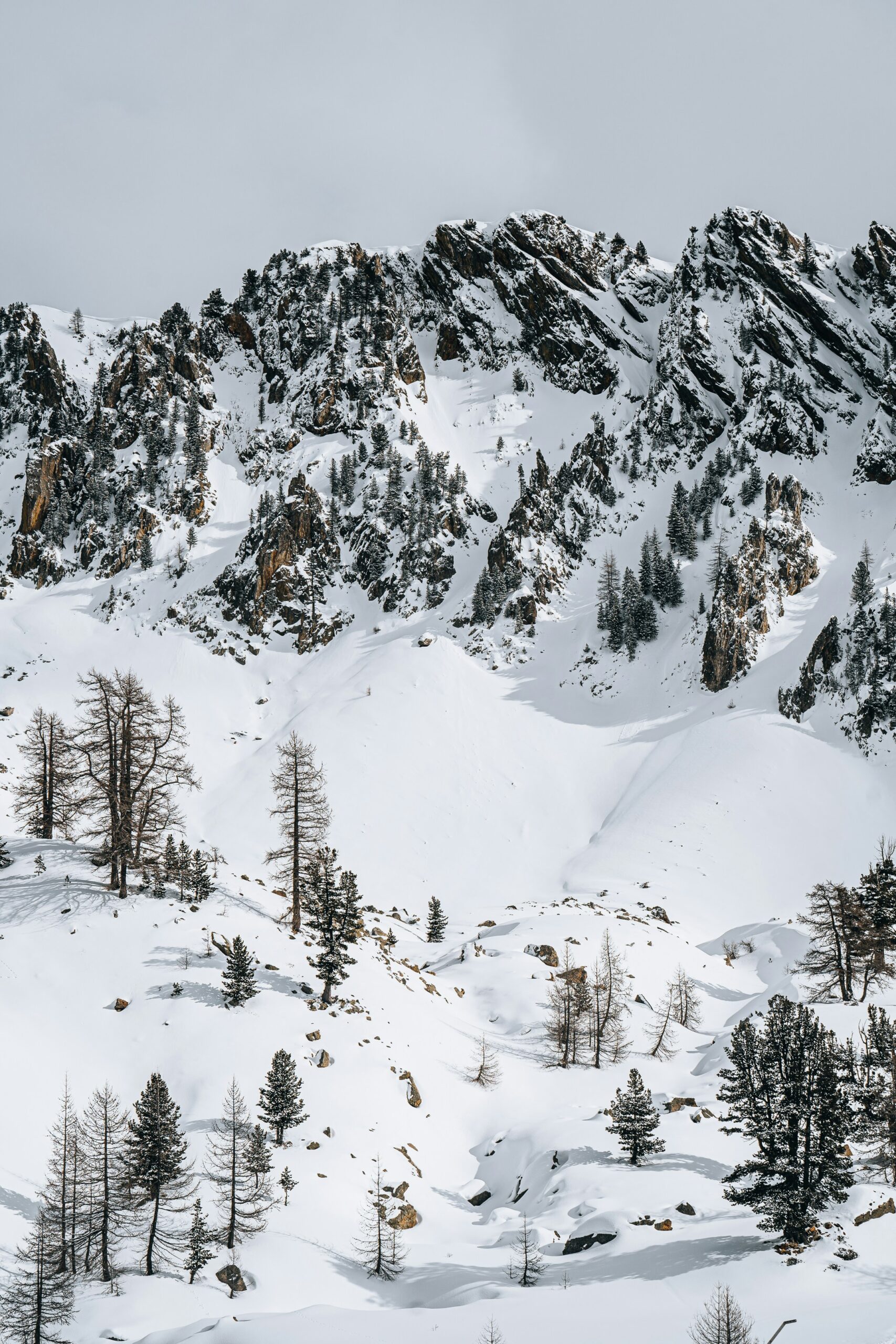Mammoth Avalanche: Multiple Slides Hit Eastern Sierra Ski Resorts Area
A major winter storm has blanketed Mammoth Mountain with over 55 inches of fresh powder, creating heightened avalanche risks across the region. The Eastern Sierra Avalanche Center has issued an urgent avalanche warning for the Mammoth Lakes area through Friday evening, with particularly dangerous conditions near the Sierra crest.
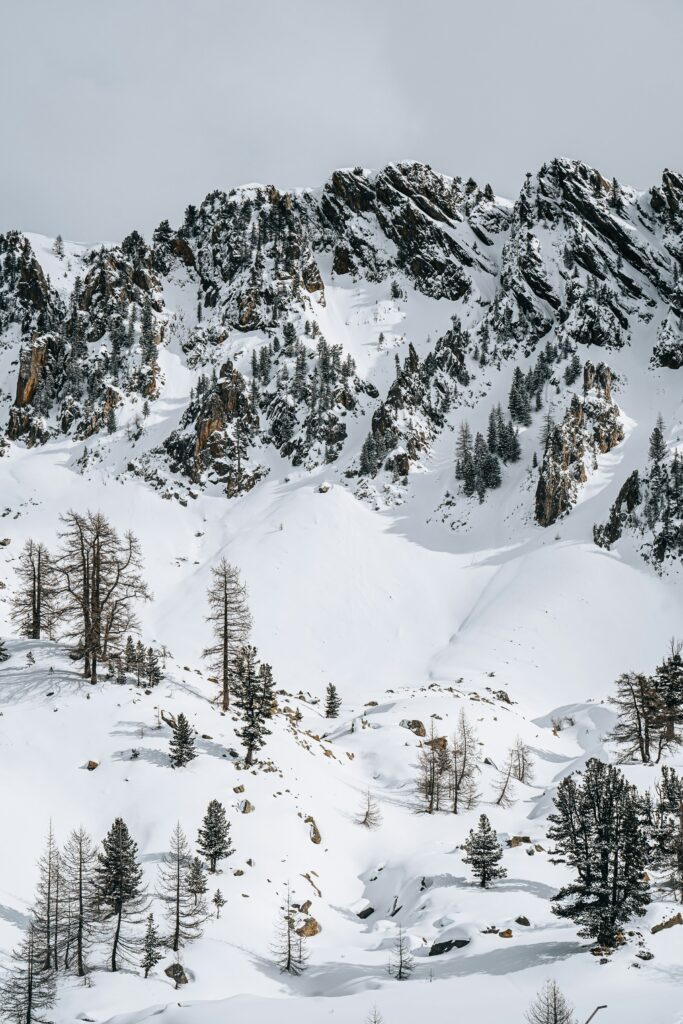
The combination of heavy snowfall and increasing winds has forced all mountain lifts to close at Mammoth Mountain. If you're planning to ski or ride today, stick to the lower mountain areas and stay within resort boundaries for your safety.
This powerful atmospheric river system continues to impact the entire Sierra Nevada range, with forecasts predicting an additional 12 inches of snow possible at higher elevations. Backcountry travel is strongly discouraged until conditions stabilize.
Mammoth Avalanche: Multiple Slides Hit Eastern Sierra Ski Resorts Area
Overview of Today's Avalanche
A massive avalanche struck Mammoth Mountain ski resort early this morning during routine safety operations, injuring two people. The incident occurred amid heavy snowfall totaling 55 inches.
Causes of the Avalanche
High winds and substantial new snowfall created dangerous conditions by loading existing weak layers in the snowpack. The avalanche was triggered during standard morning mitigation work by ski patrol.
The storm system dropped over 3 feet of fresh snow in just 24 hours, with another foot predicted for the Sierra crest today.
Strong winds accompanying the storm created unstable snow conditions on steep terrain, leading to increased avalanche risk across the region.
Immediate Responses
Ski patrol immediately closed affected areas and began conducting thorough safety assessments of the impacted zones.
You should expect delays accessing certain parts of the mountain while crews complete necessary avalanche control work. Resort officials ask for patience during these essential safety operations.
The Eastern Sierra Avalanche Center has issued a high avalanche danger warning for both in-bounds and backcountry areas. Skiers and riders must stay within open, patrolled areas only.
Weather Conditions at Time of Avalanche
Severe winter weather created dangerous avalanche conditions at Mammoth Mountain with heavy snowfall and strong winds impacting the entire Sierra Nevada region.
Temperatures and Winds
Wind speeds reached 20-25 mph at ridge tops, with gusts exceeding 35 mph in exposed areas. These powerful winds transported and redistributed snow significantly across the terrain.
The temperature hovered around 25°F (-4°C) at mid-mountain elevations, creating ideal conditions for unstable snow layering.
Wind direction remained predominantly from the southwest, leading to substantial snow loading on northeast-facing slopes.
Storm System Characteristics
The winter storm delivered over 3 feet of fresh snow in a 24-hour period. The rapid accumulation created unstable conditions across the mountain.
Visibility dropped to near zero during peak storm intensity. Heavy snowfall rates exceeded 2-3 inches per hour at times.
The storm brought unusually dense snow, with water content measuring 12-15% – significantly higher than typical Sierra powder. This created additional stress on existing snowpack layers.
Storm cells moved through in waves, with brief breaks between intense bands of precipitation that prevented the snowpack from stabilizing.
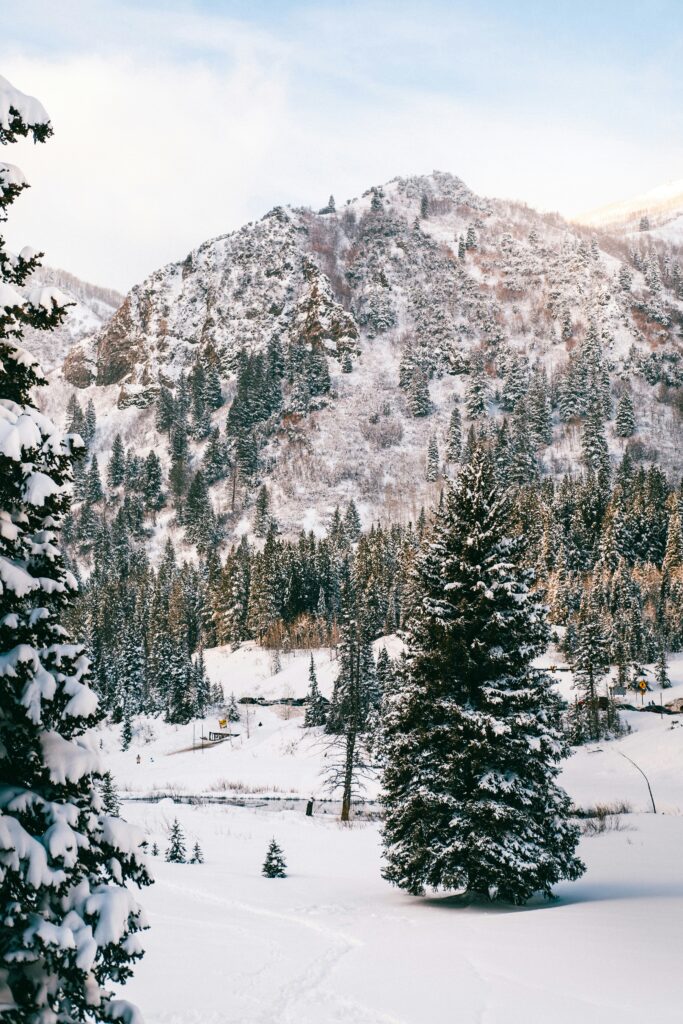
Mammoth Mountain's Avalanche Preparedness
Mammoth Mountain maintains strict avalanche safety protocols and employs an expert ski patrol team that works around the clock during winter storms like the current system that has dropped 55 inches of snow.
Safety Protocols
Before entering any backcountry areas, you must check the daily avalanche forecast and carry essential safety equipment. This includes an avalanche beacon, probe, and shovel.
Your knowledge of terrain assessment is crucial. Stay away from slopes between 30-45 degrees during high-risk periods.
Always travel with a partner and maintain visual contact. Keep at least 50 feet between group members when traversing potentially unstable slopes.
Keep track of changing weather conditions that can affect snow stability. Wind, temperature, and new snowfall are key factors to monitor.
Ski Patrol Initiatives
The Mammoth Mountain Ski Patrol conducts daily avalanche control operations before the resort opens. They use explosive charges and ski cutting techniques to test snow stability.
Teams monitor weather stations and snow plots across the mountain. This data helps predict potential avalanche conditions.
You'll notice red flags and rope lines marking closed terrain. These boundaries are non-negotiable and exist for your safety.
Ski Patrol offers free avalanche awareness talks every Saturday morning at Main Lodge. These sessions cover basic safety principles and current conditions.
Travel Advisories and Road Conditions
Dangerous winter conditions are severely impacting travel around Mammoth Mountain. Heavy snowfall and avalanche warnings require extra caution and preparation.
Highway 395 Status
US Highway 395 has significant travel restrictions due to the current storm system. You must carry chains in your vehicle. R2 chain controls are in effect from Bishop to Mammoth Lakes.
Road visibility is extremely limited with blowing snow. Multiple sections may close with minimal notice for avalanche control work.
Emergency services recommend postponing non-essential travel until conditions improve. If you must drive, keep emergency supplies and a full tank of gas.
Local Transportation Impact
Local roads within Mammoth Lakes are experiencing severe winter conditions. State Route 203 requires chains on all vehicles except 4WD/AWD with snow tires.
The free town shuttle service is running on a delayed schedule. Expect significant wait times.
Many parking lots have reduced capacity due to snow storage. You should use public transportation when possible to reduce congestion.
Consider that road conditions can change rapidly. Check live traffic cameras and weather updates before starting your journey.
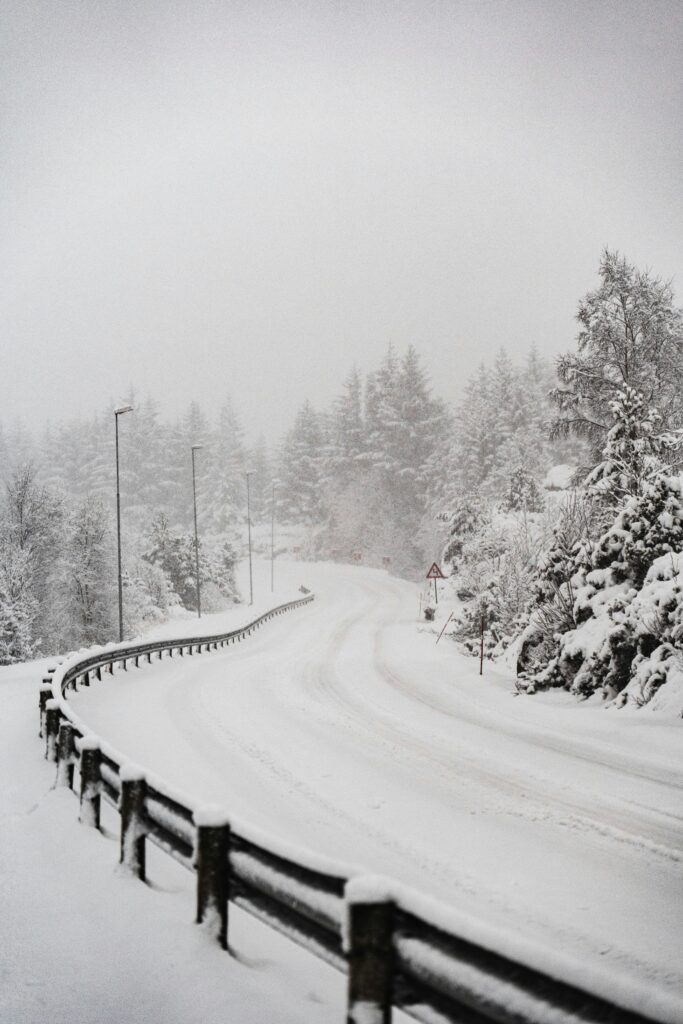
Mountain Conditions and Skiing Impact
Heavy snowfall at Mammoth Mountain has created hazardous avalanche conditions, prompting significant operational changes across the resort. The recent storm dumped 3 feet of fresh snow at higher elevations.
Upper Mountain Status
The upper mountain terrain faces severe avalanche risk due to weak underlying snowpack conditions. Ski patrol teams are conducting extensive avalanche mitigation work to assess safety risks.
Currently all lifts are closed. The Main Lodge has a base depth of 103″, while McCoy Station and the Summit have a base depth of 140″ and 179″, respectively.
Ski Area Closures
Several high-risk zones remain closed while patrol teams complete their safety assessments. You must stay within marked boundaries and respect all closure signs.
Before heading out, check the latest avalanche warnings and carry proper safety equipment. Ski patrol has blocked access to:
- Avalanche-prone steep chutes
- Ungroomed backcountry access points
- Upper mountain bowls requiring additional safety work
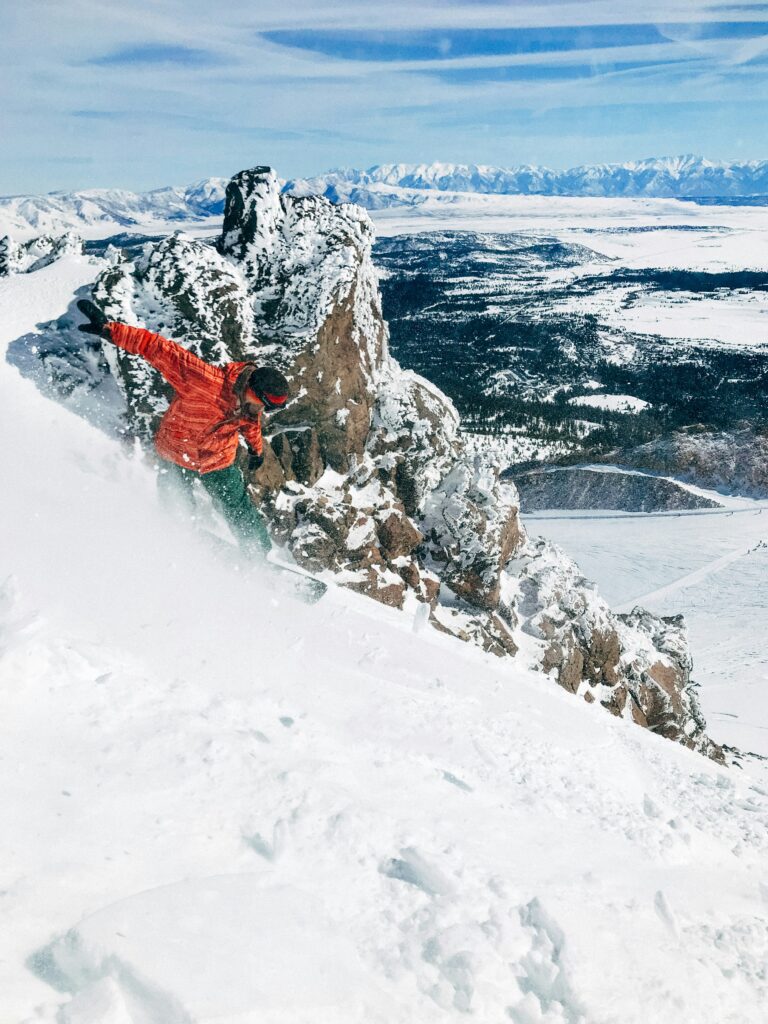
Scientific Analysis of Snowfall and Avalanches
The scientific study of avalanches reveals critical relationships between snowfall patterns, temperature variations, and terrain features that determine avalanche risk. Advanced monitoring techniques help predict dangerous conditions through careful analysis of snow layers and weather data.
Role of Snowfall in Avalanches
Fresh snow accumulation creates distinct layers in the snowpack that can either bond together or form weak interfaces. You'll find that rapid snowfall of more than 1 inch per hour significantly increases avalanche risk.
Temperature fluctuations during and after snowfall affect how snow crystals bond. When temperatures hover near freezing, the risk becomes particularly high as the snow structure weakens.
Powder snow clouds generate specific low-frequency sounds that help scientists track avalanche movement and velocity. This acoustic data provides valuable information about avalanche behavior.
Snowpack Stability Assessment
Your safety depends on understanding snowpack stability indicators. Key factors include:
- Snow layer bonding strength
- Temperature gradients within the snow
- Wind-affected snow deposits
- Surface hoar formation
Wet snow avalanches pose unique challenges for prediction due to their complex behavior. These events typically occur during spring warming or rain-on-snow episodes.
Professional forecasters use specialized tools to test snow stability, including compression tests and extended column tests. These measurements help determine the likelihood of avalanche triggers in specific terrain.
Future Weather Predictions
The Eastern Sierra region faces dynamic weather patterns through mid-February, with significant snowfall expected and temperatures fluctuating between 18-25°F at Mammoth Mountain.
Upcoming Winter Storms
Mammoth Mountain expects heavy snowfall with up to 12 inches accumulating on the Sierra crest. A Winter Storm Warning remains in effect for the next 24 hours.
Your skiing conditions will be impacted by northeast winds through the weekend. Wind speeds will gradually decrease each day.
Visibility may be limited during the heaviest snowfall periods, particularly during midday hours.
Long-Term Weather Forecasts
You can expect temperatures to stay near 18.7°F overnight, maintaining excellent snow preservation conditions.
The 37-inch base will likely grow substantially over the next week due to incoming storms.
Clear skies should return by early next week, creating optimal visibility for mountain activities.
Your midday temperatures will hover around 25°F, keeping snow conditions ideal for winter sports.
Public Safety and Awareness
The Eastern Sierra's current avalanche conditions demand immediate attention to safety protocols and community preparedness. The dangerous avalanche conditions affect all areas of Mono County.
Avalanche Safety Tips
Your first line of defense is proper equipment. Always carry an avalanche beacon, probe, and shovel when venturing into the backcountry.
Check the daily avalanche forecast before heading out. Recent weather patterns and snowpack conditions significantly impact avalanche risk.
Essential Safety Checklist:
- Travel with experienced partners
- Avoid steep slopes during high-risk periods
- Maintain space between group members
- Keep emergency communications devices charged
- Monitor changing weather conditions
Community Education
Avalanche Awareness Evenings provide crucial training for local residents and visitors. These sessions cover essential safety skills and terrain assessment.
The Sierra Avalanche Center works with local authorities to maintain public safety through education and forecasting.
Key Resources:
- Free online avalanche awareness courses
- Professional-led field training sessions
- Regular updates from local patrol teams
- Emergency response protocols
Your participation in community education programs strengthens collective safety awareness and helps prevent accidents.

